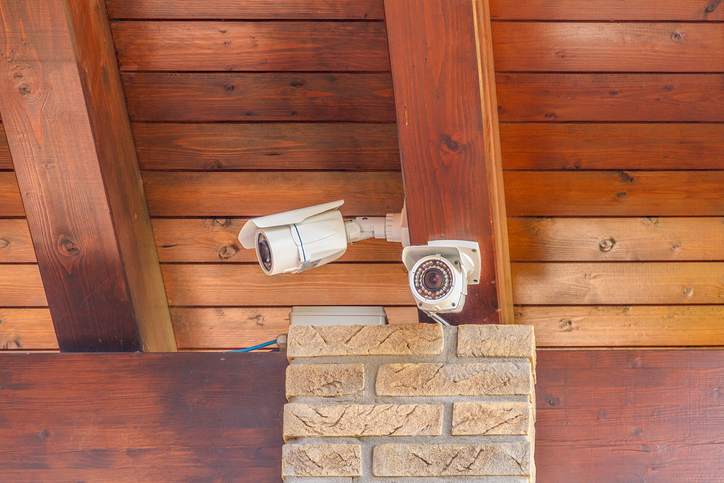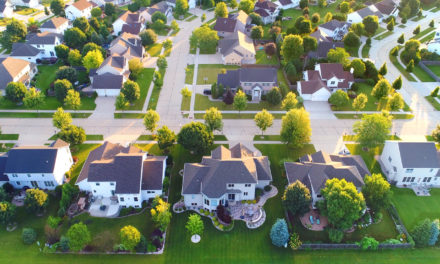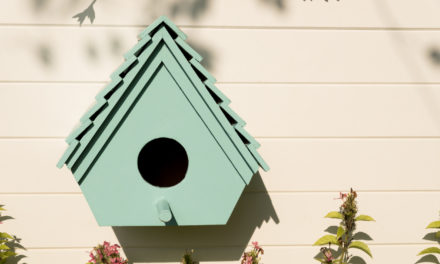In 2016, the U.S. had more than 1 million home burglaries, the FBI reports. That equates to a burglary about every 30 seconds.
These numbers alone support the case for implementing a good home-security system, but they aren’t the only reason.
Burglars tend to avoid houses with security systems. Among convicted burglars, 83 percent said they would check for an alarm before trying a burglary, says a survey by the University of North Carolina at Charlotte.
If an alarm was there, 60 percent said, they would seek an alternative target.
And you don’t have to be wealthy to afford a home-security system.
“Ten or 15 years ago, systems were at a price point where they were difficult to afford, but now there are a ton of affordable options for homeowners on any budget,” says Merlin Guilbeau, executive director and chief executive of the Electronic Security Association.
Homeowners can see financial advantages, too.
Many insurance companies offer discounts on home insurance premiums when homeowners install an alarm system or security equipment.
As more home-automation technology emerges, a growing number of homeowners are opting for self-monitored security equipment rather than having systems monitored by professional security companies.
Indeed, nearly half of Americans (49 percent) say they are open to installing their own home-security system, says a 2016 LivSecure survey.
The DIY approach has pros and cons, of course.
Many self-monitoring systems are cheaper than professional systems. They also give homeowners a better sense of control over protecting their domain through access to live video feeds, mobile alerts, smartphone technology and other self-monitoring tools.
Want to take home security into your own hands? Let’s narrow the options.
1. The Nest Cam
At the very least, you’ll want to monitor your home’s exterior using a smart camera, such as the Nest Cam, which sends live video to your phone and detects motion and loud noises.
You can get two outdoor Nest Cams (one for your home’s front entry and one for the backyard) for $298.
2. iSmartAlarm
Looking for a more comprehensive system? Consider iSmartAlarm, a top performer according to CNET, Consumer Reports and PCMag.
Its Shield Package ($613.90) has eight contact sensors, seven motion sensors and three remote tags.
It’s well-suited for a three- to four-bedroom house, the company says.
3. Abode Essentials
Another DIY option is the Abode Essentials Starter Kit ($229), which has one door/window sensor, a battery-powered security camera and motion detector, and a key fob.
The system integrates with Amazon Echo, Google Home and other home automations for voice-enabled arming and disarming.

 Photo Credit: oriredmouse (iStock)
Photo Credit: oriredmouse (iStock) 



Comment on: 3 Do-It-Yourself Home Security Options